The fantastic Alpine ibex, and some musings about the primacy of behavioral adaptation
I’m feeling grotty today, probably because of dysthymia compounded by lack of sleep. I hope to be okay tomorrow, but in the meantime we have show and tell. The show and tell today involves the Alpine Ibex (Capra ibex), the subject of a nice seven-minute video. It concentrates on their remarkable ability to climb on … Continue reading The fantastic Alpine ibex, and some musings about the primacy of behavioral adaptation

I’m feeling grotty today, probably because of dysthymia compounded by lack of sleep. I hope to be okay tomorrow, but in the meantime we have show and tell. The show and tell today involves the Alpine Ibex (Capra ibex), the subject of a nice seven-minute video. It concentrates on their remarkable ability to climb on ledges that look unclimbable, something the many goat species can do as well. The videos mentions that young goats must “overcome their fear,” but I wonder if they really feel fear.
Note the morphological traits that have evolved in concert with this behavior, including body shape. Surely the ability to climb (a behavioral trait) preceded the evolution of things like those split hooves with soft pads, supporting Ernst Mayr’s claim that many key adaptations begin not as changes in morphology, but changes in behavior that give a premium to later morphological evolution. I just opened a book that was perhaps the most influential volume of my career, Mayr’s 1963 Animal Species and Evolution. I found this sentence on p. 604:
“A shift into a new niche or adaptive zone is, almost without exception, initiated by a change in behavior.”
Mayr was a smart guy, and was probably right. The important question, though, is, though, “do those changes in behavior have a genetic basis“? It’s hard to see, for example, how a goat with a greater propensity to climb, but not one based on genetic differences from other individuals, could possibly kick off a bout of evolutionary change, for there would be no increase of climbing behavior unless it came with an adaptive advantage that could be passed on via genes. If the first climbers did have genetic differences from non-climbers, and climbing resulted in more of your genes being passed on, you would get an increase in the behavior over time since it conferred a reproductive advantage. (This didn’t start with some individuals climbing sheer cliffs, of course!). After that, any mutations changing the hoof or body shape would be subject to natural selection. In this case, simple behavioral variation not based on genes wouldn’t, I think, kick off behaviors and morphologies like those shown below.
I can think of one exception: the famous case of cultural evolution of milk-drinking in British birds, first noted by Fisher and Hinde in 1949 (they studied blue and great tits). This was apparently a case of cultural evolution, which started with one or a few individuals prying the tops off milk bottles left on doorsteps and drinking the cream. This spread rapidly throughout the UK, so rapidly that it must have been a spread via imitation—that is, cultural evolution, not genetic evolution. Of course that would be followed by natural selection leading to things like prying the caps off better (beak changes?), locating milk bottles more readily, and digesting the milk. I don’t think anybody has studied any subsequent evolution in the birds (for one thing, milk isn’t delivered on doorsteps any more!); but this is one case in which a potential change in an “adaptive zone”—however you describe it—began with a simple behavioral change not based on genetic differences.
Sorry, I was just thinking on paper. Watch the video, which is amazing and instructive:
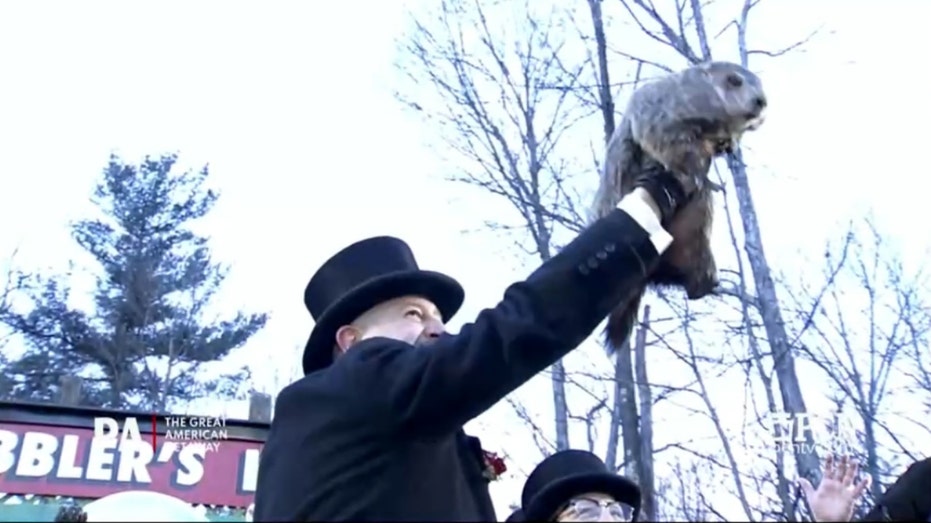

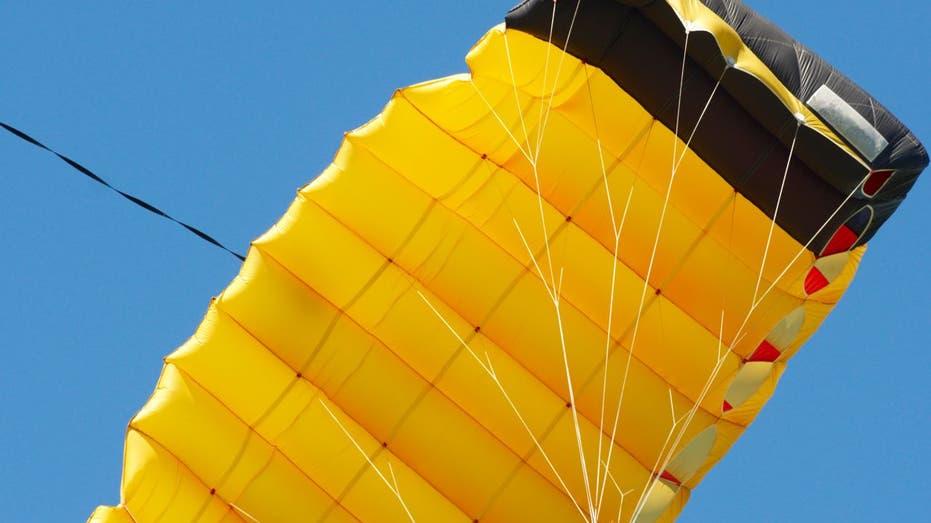






![[DEALS] iScanner App: Lifetime Subscription (79% off) & Other Deals Up To 98% Off – Offers End Soon!](https://www.javacodegeeks.com/wp-content/uploads/2012/12/jcg-logo.jpg)















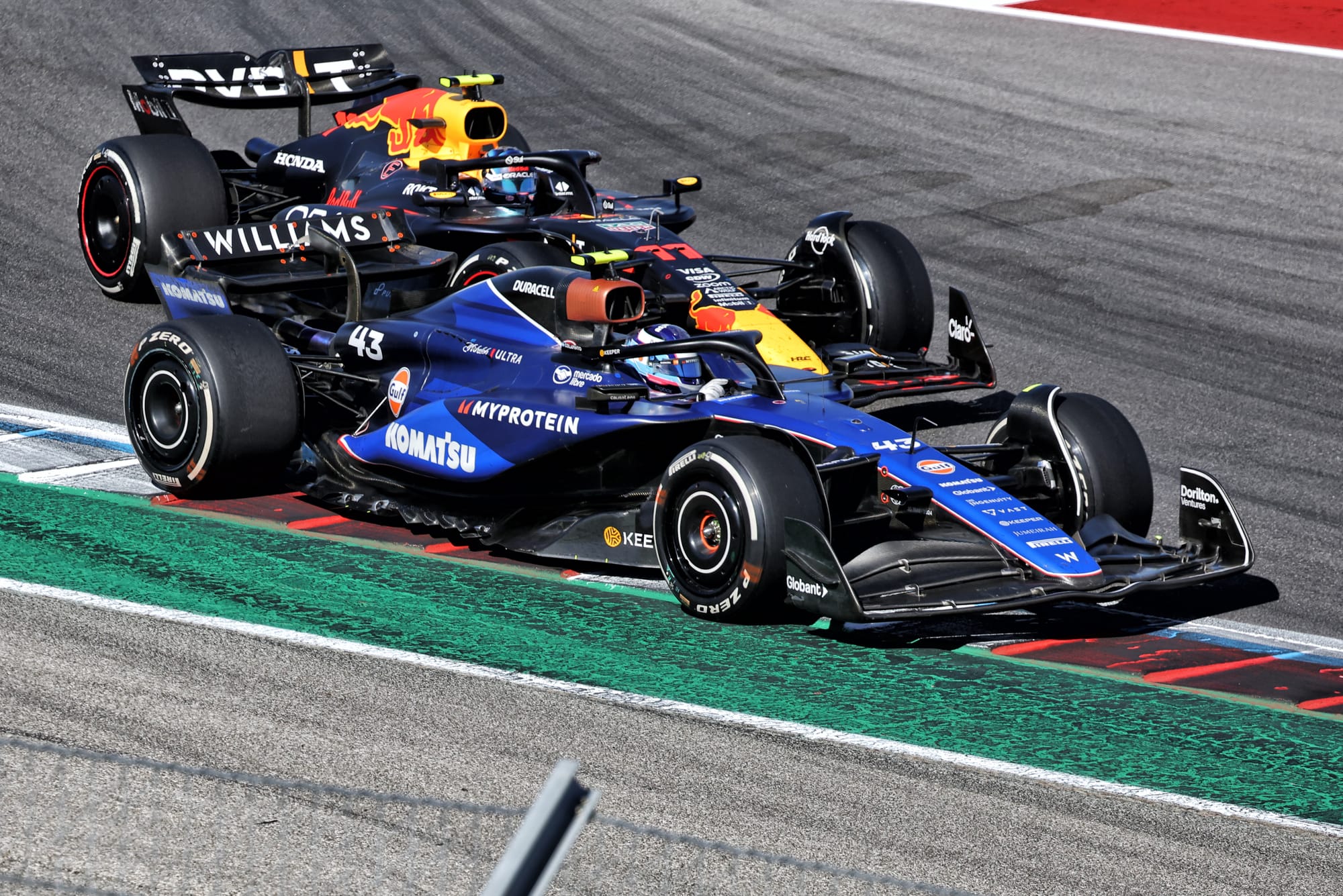









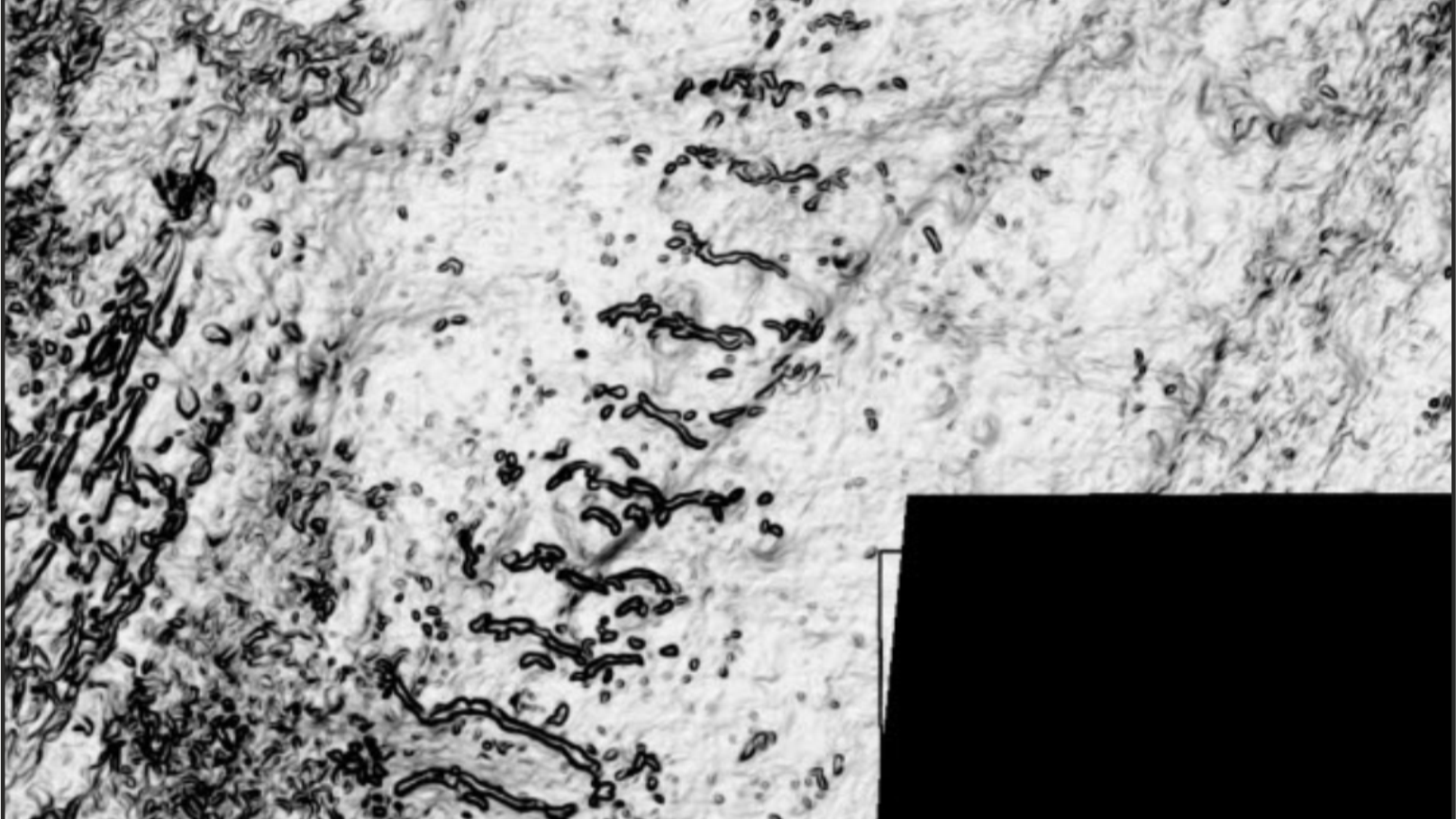






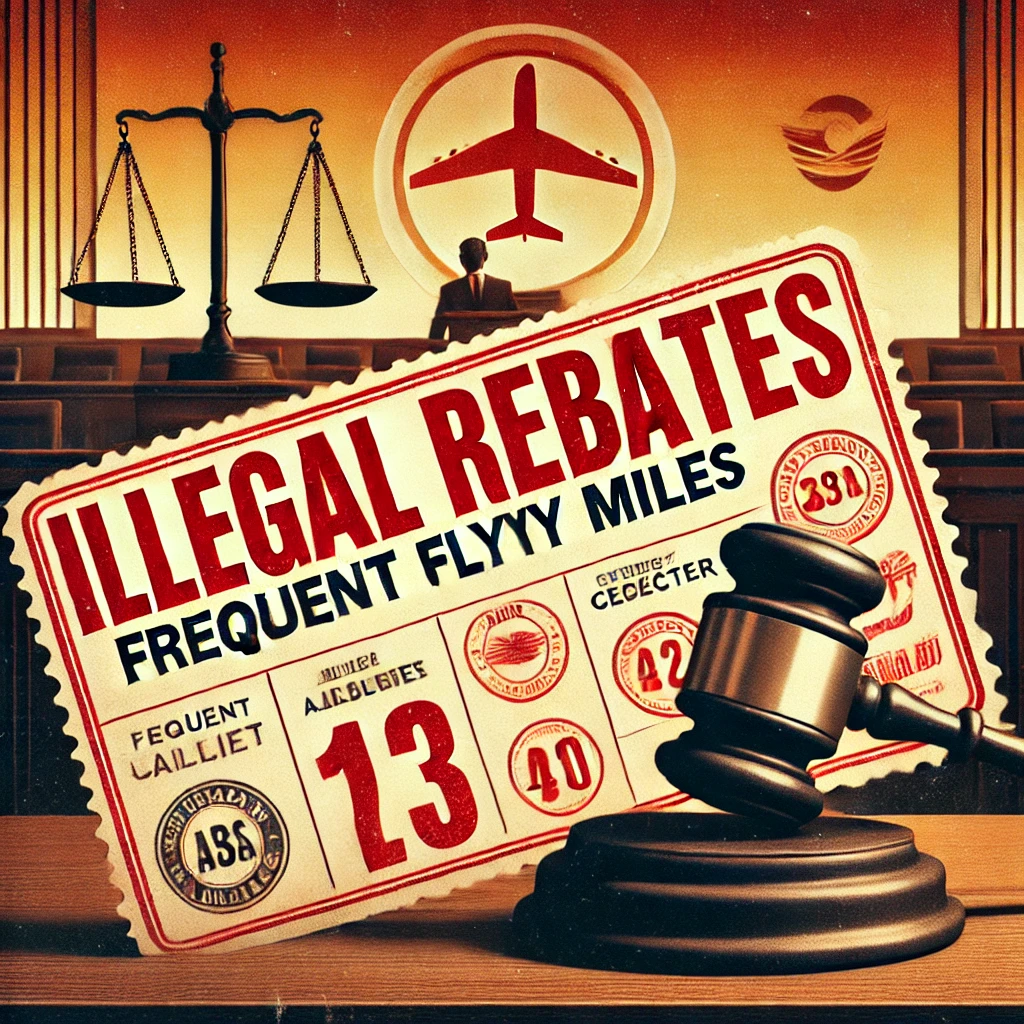
























/https://tf-cmsv2-smithsonianmag-media.s3.amazonaws.com/filer_public/09/b6/09b60007-939d-45c0-85a2-c95dc6f9d447/oldestanimals_web.jpg?#)






